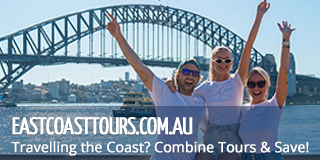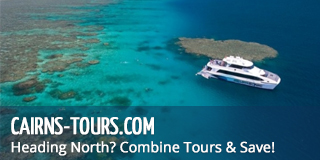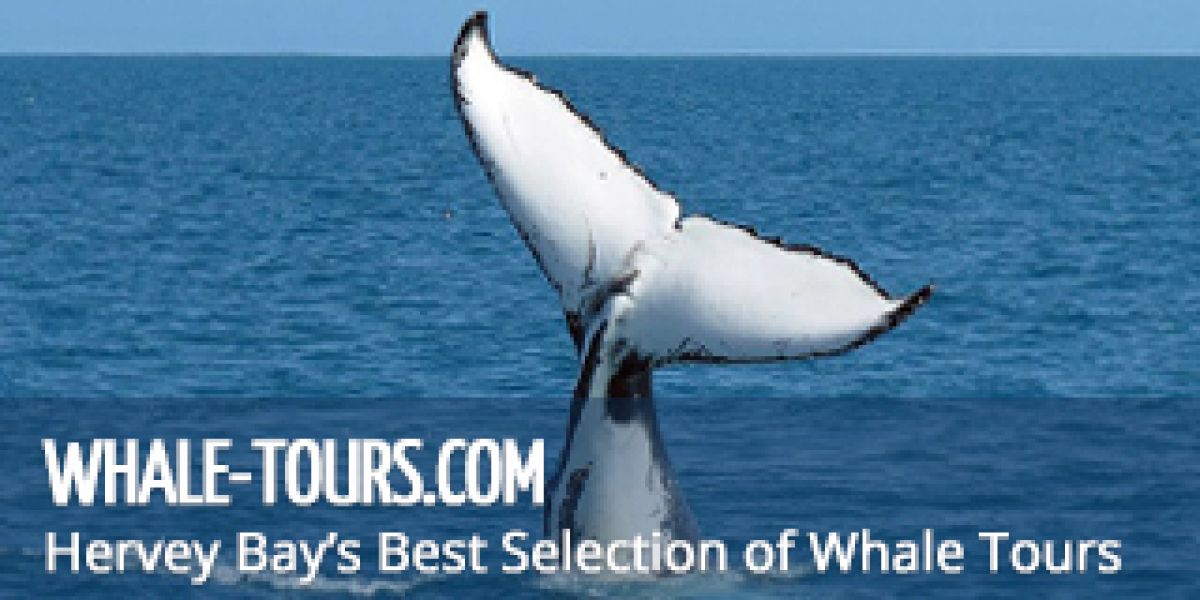A Brief History of the Whitsunday's Indigenous Peoples

The Whitsundays sit in the heart of the Great Barrier Reef and is a coveted tourist destination, known for its stunning reefs and beautiful wildlife. It is a sought-after tropical paradise, famous worldwide for its luxury resorts, quaint beachside cottages, and overnight sailing tours.
Not so long ago, however, this area was largely untouched and populated only by tribes of Australian Indigenous peoples, unknown to tourists, white settlers, or even the outside world. Unpolluted by outside influence, its diverse marine life thrived, providing food, shelter and a way of life for Aboriginal people that lived in the area. The Traditional Owners, have an extremely long history and a very tragic reality within the Whitsundays.

Populating the area for at least 9,000 years and as much as 45,000 years, Indigenous peoples first came into contact with white settlers in 1770 when Captain James Cook invaded the land that he would name the Whitsundays. Sailing through on 3rd June of that year on Whitsun (the 7th Sunday after Easter), he saw two Indigenous peoples on a shore with their bark canoe, reporting “On a sandy beach upon one of the islands we saw two people and a canoe with an outrigger that appeared to be both larger and differently built than any we had seen on the coast” before sailing onward to New South Wales. This was the first recorded interaction between Indigenous peoples and white man, but it would not be the last.
Over the next 70 years there were several encounters between white man and the traditional owners, most fleeting and brief, uneventful in history. This was mainly because of the European's lack of desire to communicate with them, leaving little information for the history books.
However, this all changed when Europeans began settling in the Whitsundays in the 1860s. Keen on the land, but not on its existing inhabitants, the white settlers began to forcibly remove their Aboriginal neighbours from the 1880s onward, who were expelled from their homes and lands and stripped of their culture and livelihood. The European invaders removed them with extreme force, more often than not killing them or indenturing them.

The Indigenous populations resisted their occupation. However, the resistance did not last. Eventually, the white settlers gained the upper hand and many of the Traditional Owners were shot by the Native Police or taken to mission stations, where they were often indentured. The Whitsundays, which had for thousands of years been under the care of Indigenous peoples, quickly and harshly became the property of the Europeans. By the 1930s, very few Aboriginals were living on the islands, unless employed by white settlers.
The Ngaro, known as the “canoe people” was one of four tribes that inhabited the area until settlement and Aboriginal removal began in the 1800s. Alongside the Juru, Gia and Biria, they had managed to survive here in relative peace for many years, living off of the land, depending on both marine life and land animals for survival. Skilled in hunting, gathering and cultivating, their lives revolved around what was available to them from the land, or what could be traded from other tribes.
Much of what we know about their lives before European interference has either come from second-hand accounts (like those of James Morrill, a shipwrecked sailor who lived with an Indigenous tribe for 17 years in the 1800s) or through the songs and stories of the Aboriginals themselves, passed down from generation to generation over hundreds and even thousands of years. Much of their history takes place in the form of myths and legends, much like any other peoples worldwide, with tales of how the earth was created and why things are the way they are, but can give us some indication of their history, culture and way of life.
One way we have learned about their history and culture is through Dreamtime stories and storytelling. Tribes had strong spiritual beliefs that were passed down from generation to generation, creating an oral history of their people. Storytelling, formal and informal, were a distinct part of their spirituality, educating tribe members on how to live, what to believe in and how to survive, with each tribe having their own beliefs and stories.
Dreamtime stories, which were stories about The Dreaming, passed on law, culture and way of life to younger generations. The Dreaming itself was a time of the creation of the earth, its people, animals and landscapes. It was when life began, and thus the Aboriginal and Torres Strait Islanders were born. It was a time when their ancestors, in the form of humans or animals, created the earth, dictating culture, lifestyles, law and life. Dreamtime stories were, and still are, a way for these norms to be taught within the tribes, and have been passed from generation to generation. It remains an extremely important part of Aboriginal culture all over Australia even today, with sacred places still existing from The Dreaming, where the spirits of their ancestors lay to rest.

Although much of the Ngaro way of life has been destroyed or diminished, they persevere. As the rightful Traditional Owners of the Whitsundays, they continue to fight to protect and preserve what is left.
The Whitsundays always was, and always will be the land of its Indigenous peoples. Find out more about the rich history of the Traditional Owners with a visit to the sacred Ngaro Cultural Site on Hook Island.








